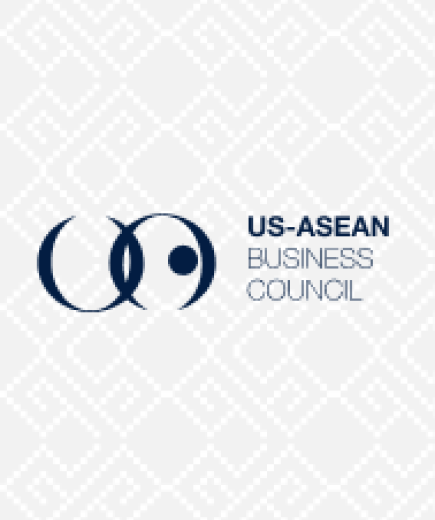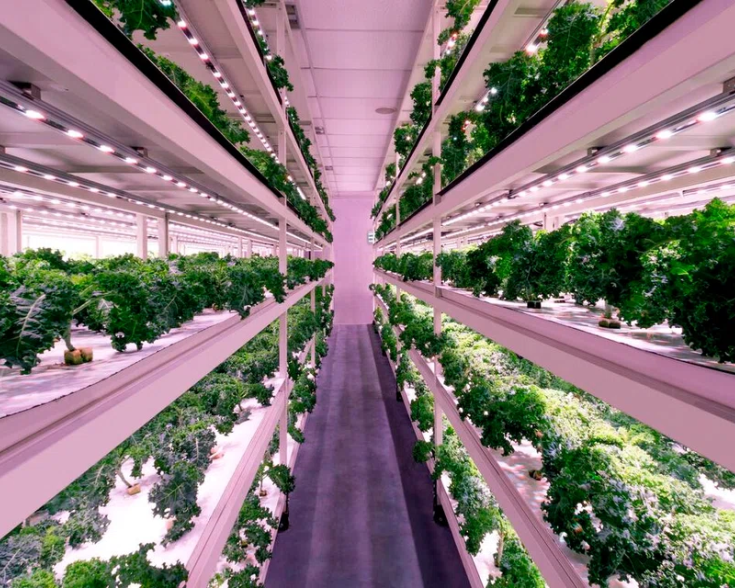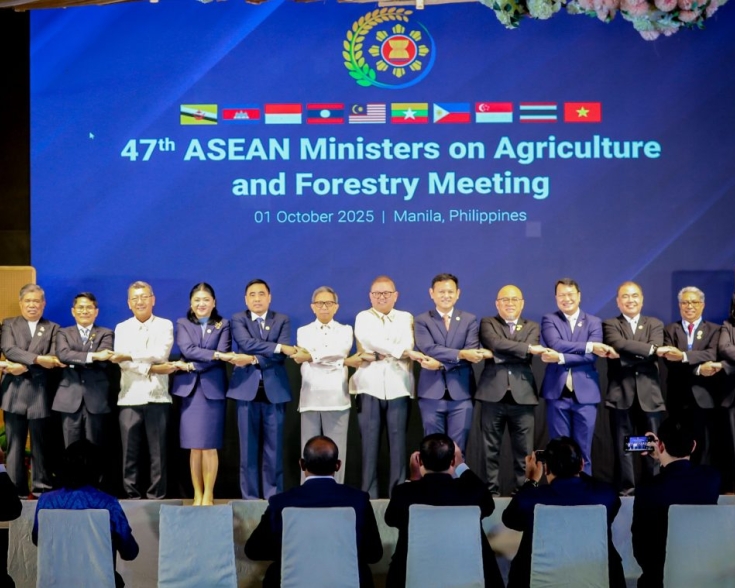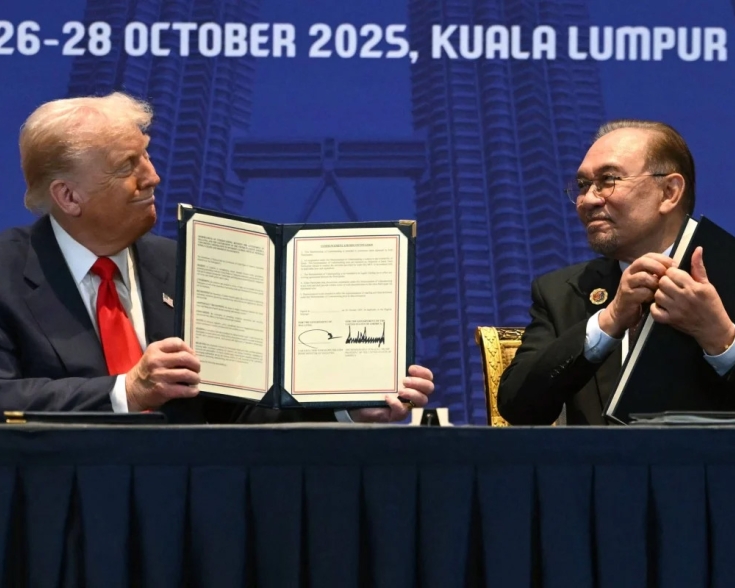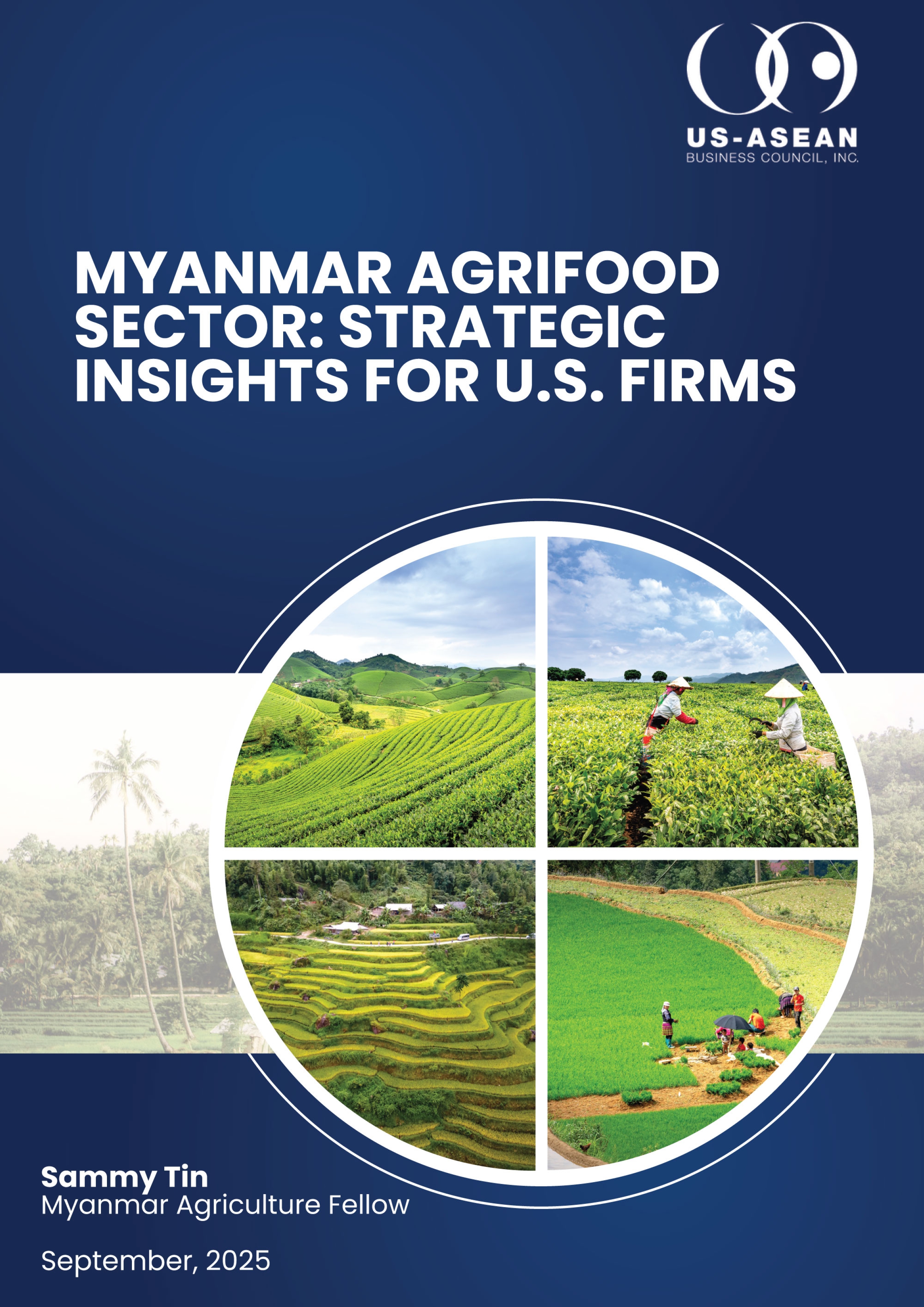
Myanmar’s agricultural sector is central to the nation’s economy, but it is deeply fragmented and underperforming relative to its potential. Political instability, structural inefficiencies, and the fallout from political instability, such as the 2021 military coup have left food systems vulnerable, with post-harvest losses, weak infrastructure, and foreign exchange restrictions compounding chronic underinvestment. Despite these constraints, agriculture continues to generate vital foreign exchange, positioning the sector as both a humanitarian priority and a long-term investment opportunity.
For U.S. firms, Myanmar’s agriculture presents a paradox: short-term risks driven by sanctions, conflict, and regulatory opacity, alongside long-term potential rooted in abundant land, strategic geography, and unmet domestic and regional demand. Current U.S. engagement is minimal, but pathways exist through niche entry points, capacity-building initiatives, and indirect regional
partnerships. Myanmar’s export strengths are matched by critical import needs in fertilizers, crop protection products, and machinery, where U.S. agribusinesses hold competitive advantages.
Myanmar’s agriculture, therefore, offers a high-risk, high-reward frontier. When conditions improve, U.S. firms that have laid the groundwork will be well-placed to help transform Myanmar into a competitive agrifood economy.
